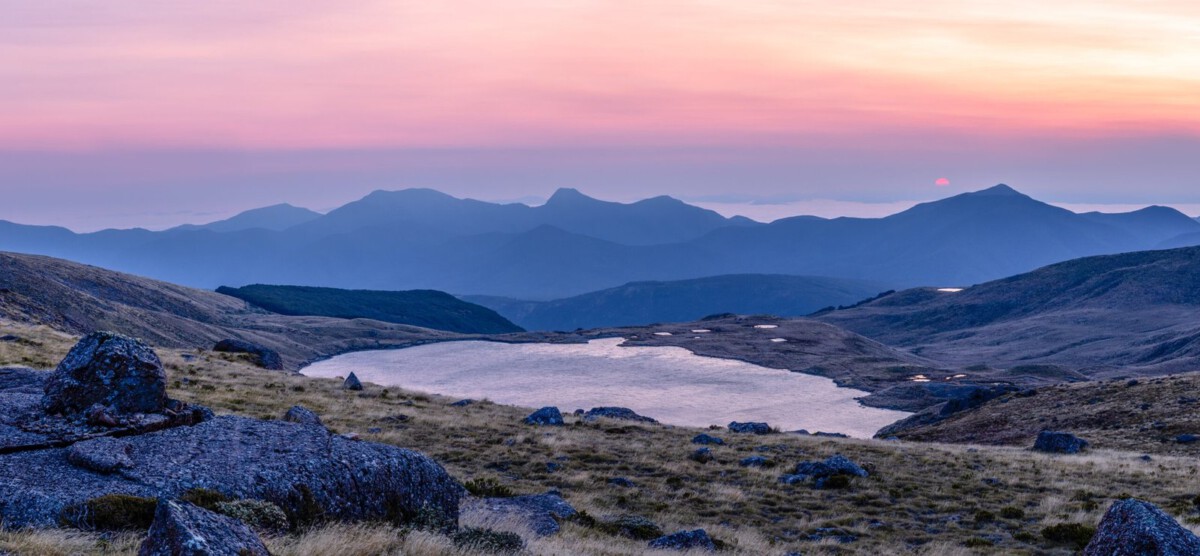Picture waking up to the sound of prayer flags fluttering high in the Himalayas, the scent of fresh rain in an ancient Venetian alleyway, or the sight of a Komodo dragon lumbering across a lonely Galápagos beach. Now imagine these once-in-a-lifetime moments slipping out of reach—not because you’re not adventurous enough, but because entire countries may soon close their doors to tourists for good. As the world changes, so does travel, and some of the most breathtaking places on earth are seriously considering shutting out travelers to protect what makes them magical.
The Rise of Travel Bans

A quiet revolution is sweeping through the travel world. Countries that once welcomed millions are drawing the line, determined to put their environment, culture, and citizens first. The pandemic showed just how much human presence can alter a place, for better and worse. Now, leaders from remote islands to bustling cities are reevaluating what tourism means to them. The shift is emotional—locals torn between pride in their homeland and fear of losing it. Many governments are weighing strict visitor caps or even total bans. It feels shocking, but for fragile ecosystems and ancient cultures, this decision is about survival. If you’re planning to travel soon, this new reality is one you can’t ignore.
Bhutan Land of Happiness

In Bhutan, happiness isn’t just a feeling—it’s national policy. The country’s famous “Gross National Happiness” index is more important than GDP, and you sense it everywhere, from the crisp mountain air to the quiet reverence in temple courtyards. Bhutan’s government enforces a “high-value, low-impact” tourism model, which means only a handful of visitors are allowed in, and each one pays a steep daily fee. This fee funds education, healthcare, and conservation, and it’s likely to rise. The sense of peace, the sight of monasteries perched on cliffs, the prayer wheels spinning in the wind—these are treasures the Bhutanese fiercely protect. If you dream of experiencing their timeless world, spring and autumn are your best bets for clear skies and vibrant festivals. But remember, even the deepest pockets may soon be turned away, as murmurs of a full closure get louder.
Venice Italy City Under Pressure

Venice is a floating masterpiece—its pastel palaces and labyrinthine canals seem almost unreal, especially in the golden hush of dawn. But the city’s romance is at risk. Millions of tourists flood this fragile lagoon every year, overwhelming ancient infrastructure and pushing locals out. The sound of rolling luggage now echoes louder than the gondoliers’ serenades. In response, Venice has launched a bold plan: ban day-trippers. Officials are even talking about a total stop to tourist arrivals if things don’t improve. If you crave that heart-stopping view of Piazza San Marco without a sea of selfie sticks, aim for November to March. The fog, the silence, the feeling of stepping back in time—it’s haunting and unforgettable. But soon, that quiet may become a permanent reality for locals only.
Bali Indonesia Paradise at Risk

Bali’s lush rice terraces, incense-laced temples, and endless surf have drawn travelers for decades. Yet under the waves and jungle canopy, a crisis brews. Over-tourism is stressing water supplies, piling up waste, and threatening sacred spaces. The Balinese government is considering a radical step: banning tourists altogether until balance is restored. Visiting Bali is more than a holiday—it’s a lesson in respect. The best time to go is April to October, when the rains pause and the island bursts with color. Participate in a temple ceremony or learn to make a canang sari (daily offering) and you’ll understand what’s at stake. Soon, only memories—and local traditions—may remain.
Thailand Cultural Jewel Closing Its Doors

From the electric buzz of Bangkok’s night markets to the tranquil limestone cliffs of Krabi, Thailand is a feast for the senses. But paradise has its limits. Places like Maya Bay and Koh Phi Phi have already experienced temporary tourist bans to give nature a break. Now, whispers in government corridors suggest a more permanent solution for the country’s most overrun spots. If you want to savor spicy street food, witness the lantern festival in Chiang Mai, or marvel at the emerald jungles, plan your visit during the cool season from November to February. Respect local customs—like removing your shoes before entering homes and temples—and you’ll leave a lighter footprint. With each passing year, the window for authentic Thai adventures could close a little more.
Iceland Nature on the Edge

Iceland is raw, overwhelming beauty—thundering waterfalls, black sand beaches, and geothermal pools where you can soak while snowflakes melt on your cheeks. But its wild heart is under siege. In recent years, tourist numbers have exploded, eroding fragile moss fields and crowding iconic spots like the Blue Lagoon and Golden Circle. The government is floating the idea of closing certain areas—or the whole island—to let nature heal. Summer brings 24-hour daylight and epic road trips, while winter offers a shot at the aurora borealis. Yet, the real draw is Iceland’s untouched spirit, which might soon only exist in stories and photographs.
Galápagos Islands Fragile Wonderland

Imagine snorkeling alongside sea lions as blue-footed boobies dance on volcanic rocks just steps away. The Galápagos are like nowhere else—a living laboratory where evolution is on full display. But even this remote archipelago feels the weight of too many feet and boats. Stricter visitor limits have already been set, but conservationists are calling for a total halt to tourism to safeguard the islands’ unique creatures. The most magical time to visit is June to December, when wildlife is especially active. Guides share tales of Darwin and giant tortoises, but soon, the only way to experience Galápagos might be through virtual reality or dusty guidebooks.
New Zealand Protecting the Green

New Zealand’s landscapes are so dramatic they seem computer-generated—snowcapped peaks, glowworm caves, and fjords shrouded in mist. But the very wildness that draws adventurers is under threat. Overcrowding at places like Milford Sound and Tongariro Crossing has sparked fierce debate. There’s increasing talk of capping or even banning international arrivals to preserve the country’s pristine identity. Visit during spring (September to November) or autumn (March to May) for blooming flowers, fewer crowds, and a chance to learn the haka from a local Maori guide. The sense of connection to the land is palpable, but it could soon be reserved for Kiwis alone.
Australia Great Barrier Reef on the Brink

The Great Barrier Reef is a riot of color—coral gardens teeming with clownfish, sea turtles gliding past sunken ships. But this natural wonder is fading fast. Climate change and relentless tourism are bleaching corals and disrupting fragile marine life. Australian officials are mulling over closing parts—or all—of the reef to outsiders. The dry season from May to October is best for clear diving and snorkeling, but always book eco-certified tours and avoid touching the reef. Soon, the only way to experience this underwater world may be through conservation documentaries and old postcards.
Japan Quiet Moments in Danger

Japan is a country of contrasts: neon cities, tranquil gardens, and traditions that stretch back centuries. The recent tourism boom has led to overcrowded temples, packed trains, and a strain on local resources. There’s growing momentum behind proposals to limit or ban visitors in certain regions, especially during peak times. Plan your trip for cherry blossom season in spring or fiery maple leaves in autumn for the most mesmerizing views. Join a tea ceremony, wander Kyoto’s silent alleys at dawn, and always bow respectfully—it’s the little moments that make Japan unforgettable. But these moments could soon belong to locals only.







